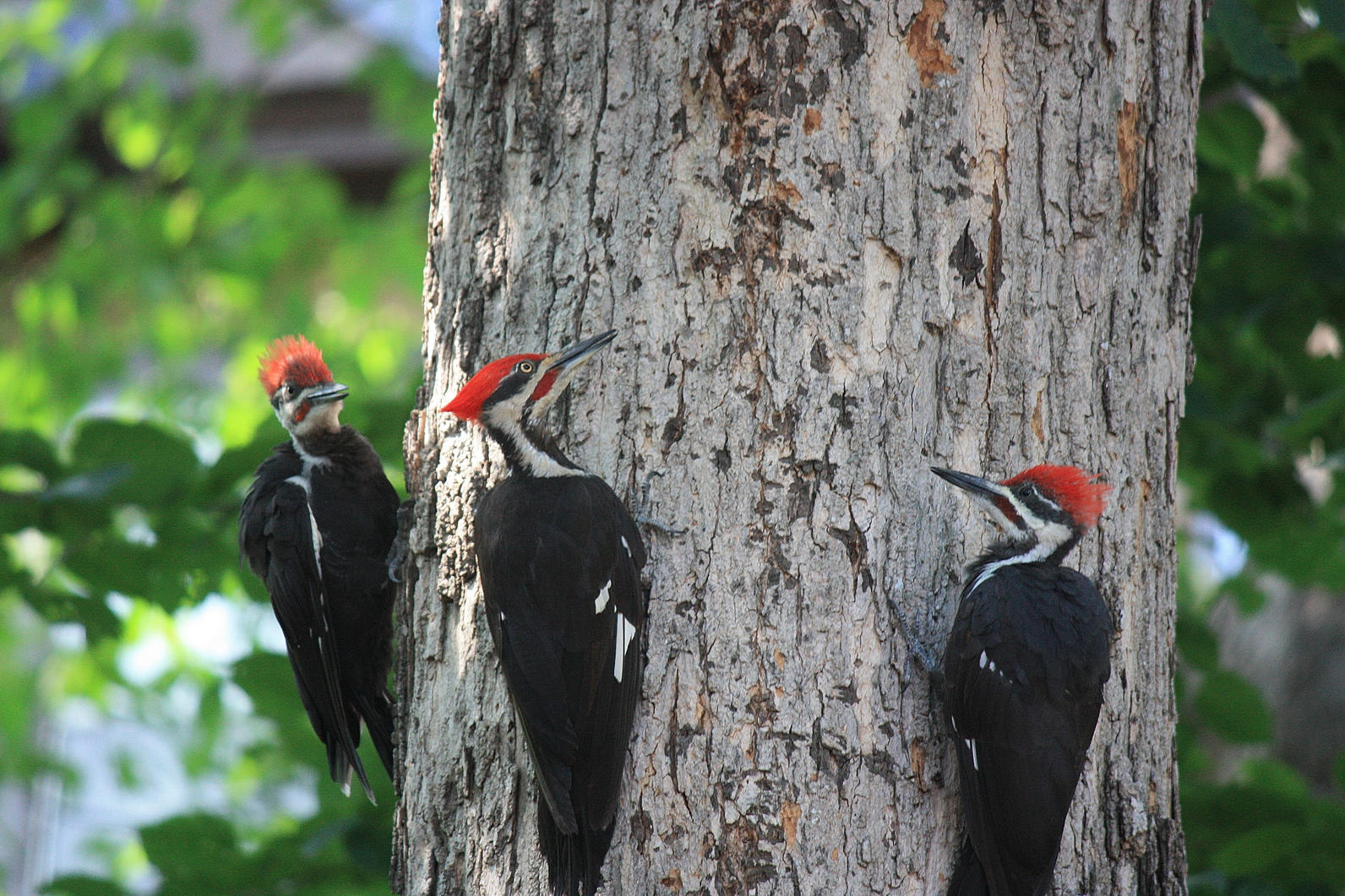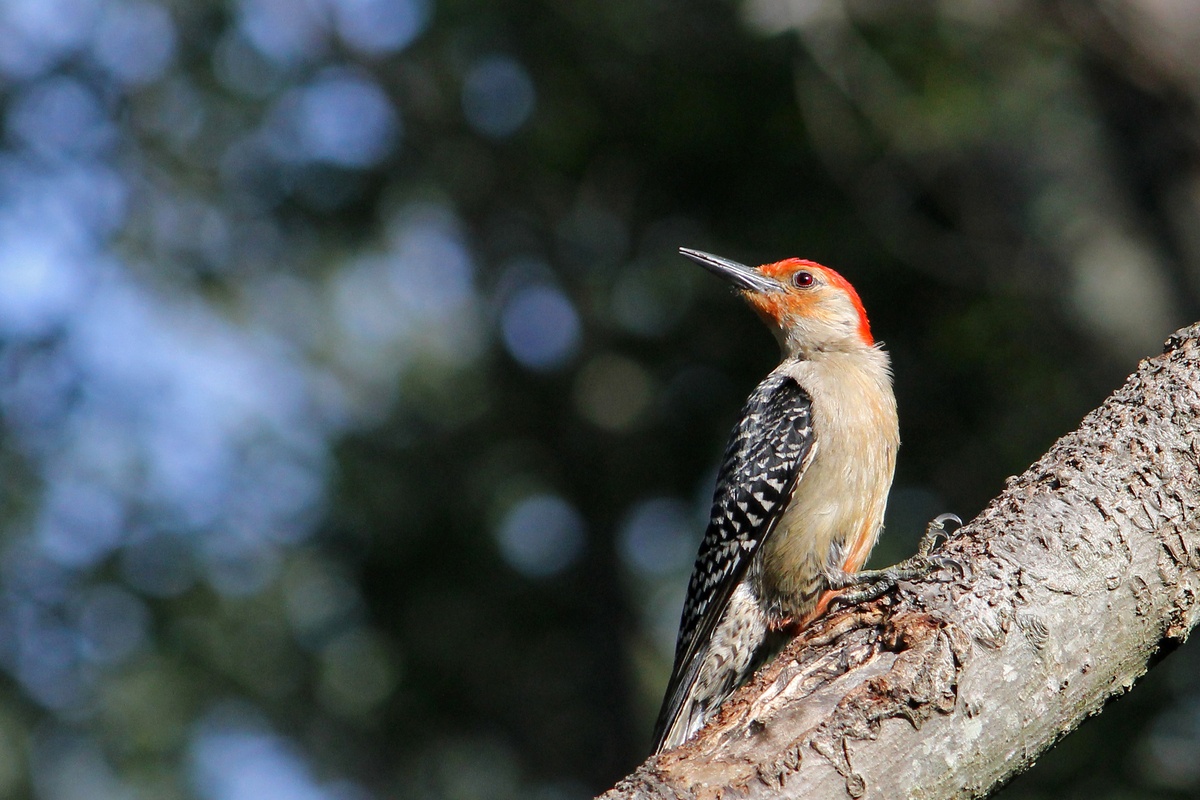Exploring Woodpeckers in Florida Habitats: Where to Find These Birds
Exploring Woodpeckers in Florida Habitats: Where to Find These Birds
Blog Article
Unveiling the Secrets of Woodpeckers: Habits, Environment, and More
Woodpeckers, with their special actions and specialized adaptations, have lengthy fascinated scientists and nature lovers alike. These impressive birds have a variety of interesting tricks that lost light on their survival strategies, habitat preferences, and elaborate interaction approaches. By revealing the enigmas surrounding woodpeckers' behavior and habitat choices, a deeper understanding of these avian wonders emerges, using a look right into their remarkable globe. What makes these birds really extraordinary, and exactly how do they navigate their atmosphere with such precision and skill? Let's explore the exciting world of woodpeckers and untangle the enigmatic information that make them such appealing topics of research study.
Woodpecker Behavior Insights
In checking out woodpecker habits, a fascinating screen of specialized abilities and adaptations arises, shedding light on their impressive ecological particular niche. Woodpeckers, known for their distinct drumming on trees, possess a range of behavior characteristics that add to their survival and success in their environment.
Moreover, woodpeckers exhibit a distinct feeding actions characterized by their capacity to remove insects from tree bark utilizing their specialized beaks. Their lengthy, barbed tongues aid in catching target, while their strong neck muscle mass give stability and precision throughout pecking activities. This feeding technique enables woodpeckers to accessibility hidden insect larvae and extract them with exceptional performance.
Habitat Preferences and Selection
What variables influence the habitat choices and selection of woodpeckers? Woodpeckers are highly adaptable birds understood to populate various environments worldwide. Nevertheless, they do display choices for particular habitat qualities. One critical aspect affecting woodpecker environment selection is the availability of suitable nesting sites. Woodpeckers usually like woodlands with a mix of fully grown trees that supply enough possibilities for dental caries excavation. These dental caries work as important nesting and roosting sites for woodpeckers and are vital for their breeding success.
Additionally, woodpeckers reveal a choice for habitats with an abundant supply of food resources. They are largely insectivorous, preying on beetles, ants, larvae, and other insects located in worn out wood or tree bark. Woodpeckers tend to prefer wooded areas with a varied insect population to fulfill their dietary needs.
Additionally, the existence of dead or decaying trees is one more essential consider woodpecker environment selection. These trees not just provide food resources however additionally use suitable substratum for cavity excavation. Dead trees are crucial for the maintenance of healthy and balanced woodpecker populations, as they play an essential function in the woodpeckers' life process and community characteristics.
Feeding Practices and Diet Regimen Structure
Woodpeckers demonstrate a specialized feeding habits concentrated on foraging for bugs within numerous habitats. Their diet regimen mainly is composed of insects such as beetles, ants, caterpillars, and crawlers, which they locate by touching on tree bark and paying attention for the noise of activity inside. Woodpeckers use their strong beaks to pierce into the wood and their lengthy, barbed tongues to remove prey from holes. In addition to bugs, woodpeckers additionally consume tree sap, fruits, nuts, and seeds, adding selection to their diet regimen depending on the period and schedule of food sources.
The foraging techniques of woodpeckers are well-adapted to their arboreal lifestyle (Woodpeckers in Florida). Their ability to excavate wood not only provides them with food but also aids in developing nesting dental caries and developing regions. Woodpeckers play a critical duty in keeping the health and wellness of forests by managing insect populations and aiding in the disintegration of timber. Comprehending their feeding routines and diet plan composition is vital for conservation initiatives targeted at protecting these special and important birds.
Drumming Sounds and Interaction
Using rapid drumming audios on different surfaces, woodpeckers use an unique form of interaction to signal region limits and attract companions. This drumming behavior is not just a way of communication however also acts as a means for woodpeckers to develop their existence within a specific area. The you could try this out strength, speed, and pattern of the drumming can convey important info to various other woodpeckers in the vicinity.
Woodpeckers use drumming noises to reveal their existence in an area and to alert off prospective burglars. The loud and recurring nature of the drumming works as a clear signal to other woodpeckers that the location is already claimed. This aids in reducing problems and reducing physical confrontations in between people.

Survival Adaptations and Specialized Makeup

Final Thought
Finally, woodpeckers exhibit one-of-a-kind habits, such as drumming sounds for interaction, and have actually specialized anatomy for survival in their picked environments. Their feeding practices and diet make-up even more pop over to this web-site demonstrate their flexibility to various settings. By comprehending these aspects of woodpeckers, scientists and guardians can better secure and preserve these remarkable birds and their environments.
Report this page